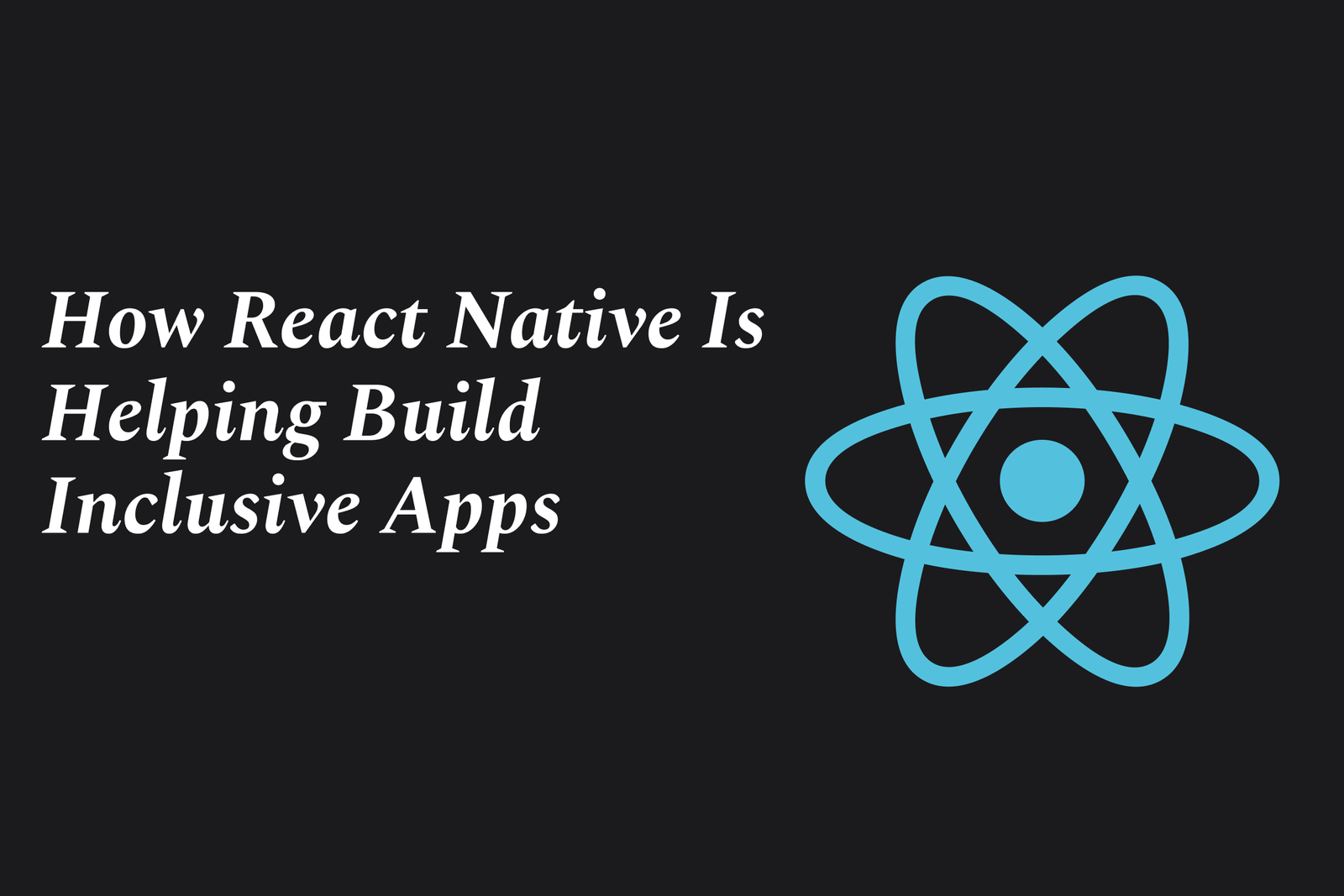React Native?S New Styling System Explained
React Native’s new styling system enhances consistency and developer experience by adopting a component-based approach, integrating a robust design system for spacing, colors, and typography, and enabling better theming and device adaptability while simplifying style maintenance.
React Native’s New Styling System Explained
1 ) Introduction to React Native Styling Challenges
React Native styling differs from web CSS, with unique constraints such as strict text node nesting inside <Text> components.
Challenges include inconsistent styling across apps, difficulty in maintaining styles, and adapting designs for multiple device sizes and themes.
2 ) Text Styling in React Native
Text components in React Native use nested text for formatting, inherited from web paradigms but with limitations (e.g., no raw text inside <View>).
Style inheritance is limited primarily to text subtrees.
To maintain consistent fonts and sizes, developers create custom components that wrap text styling, enabling reuse and overrides (e.g., MyAppText and MyAppHeaderText).
3 ) Limitations Compared to Web CSS
React Native does not support global font inheritance like CSS on the web.
Each text node must be wrapped in a <Text> component.
FontFamily accepts only a single font name rather than a comma separated list.
Developers rely on component based styling to simulate inheritance and consistency.
4 ) Design System Importance and Best Practices
Implementing a design system is key to ensuring visual consistency and developer velocity.
Design systems define foundational rules for spacing, sizing, and color usage.
Consistent spacing often uses a predefined scale (e.g., XS, S, M, L, XL) for margins and paddings.
Color palettes are split into layers: palette colors and rules for their application.
5 ) Adapting to Different Devices and User Preferences
A robust styling system enables dynamic theme adaptation (e.g., dark mode).
The design system and styling practices support responsiveness to various device sizes and form factors.
6 ) Developer Experience Enhancements
The new styling system aims to streamline the styling workflow, reduce bugs related to CSS class names, and simplify maintenance.
Encapsulating styles at the component level helps avoid overlap and redundancy.
Tools like Restyle, an open source library inspired by real world app redesigns, embody these principles for easier styling in React Native.
7 ) Summary
React Native’s new styling system centers on component based, reusable styles within a coherent design system framework.
It emphasizes limited but practical style inheritance, consistent use of spacing and colors, and support for theming and device adaptability.
These improvements make styling React Native apps more consistent, maintainable, and enjoyable for developers.
https://justacademy.in/news-detail/how-android-is-improving-privacy-in-2025
https://justacademy.in/news-detail/android-split-screen-multitasking-news
https://justacademy.in/news-detail/why-react-native-is-perfect-for-startups-on-a-budget
https://justacademy.in/news-detail/react-native-vs-nativescript:-which-one?s-winning?
https://justacademy.in/news-detail/react-native-vs-nativescript:-what-to-choose-in-2025
Related Posts
Java supports GDPR and data privacy by enabling secure data handling through encryption, controlled access, and precise data management. It allows developers to minimize PII exposure, ensure data confidentiality, and design workflows that comply with data protection regulations effectively.
Java code quality tools have evolved to include advanced static analysis, integrated security checks, and AI-powered code reviews. These updates help developers detect bugs, enforce coding standards, and enhance security, streamlining the development process and improving overall code reliability.
Java remains a cornerstone in big tech companies, evolving with modern features like records, pattern matching, and virtual threads. Its robust ecosystem, enhanced performance, and growing AI integrations keep it vital for both legacy systems and innovative new projects.
Java and CI/CD pipeline optimizations streamline Java application development by automating builds, tests, and deployments. They improve efficiency through parallelization, caching, and secure secrets management, enabling faster feedback loops and more reliable, scalable software delivery.
Java supports modern cryptography standards through its flexible Java Cryptography Architecture (JCA), enabling integration of advanced algorithms like AES, EdDSA, and post-quantum tools. Libraries like Bouncy Castle offer FIPS-certified, hardware-accelerated implementations for secure development.
Java 23 enhances record patterns by enabling concise, direct destructuring of record components within pattern matching, simplifying type checks and data extraction. This improvement boosts code readability and expressiveness by reducing boilerplate in handling immutable data classes.
Java remains a top choice for mobile app backends, powering scalable, secure, and high-performance server-side solutions. Latest trends include cloud-native microservices, reactive programming, and enhanced JVM optimizations, enabling efficient, flexible, and robust mobile backend development.
Java SE 24 and LTS Java SE 21 offer enhanced features and performance, while Apache Spark 4.0.0 introduces Scala 2.13 support and advanced ML and SQL capabilities. Together, they empower developers to build scalable, high-performance data applications with modern tools.
JUnit 5 modernizes Java testing with a modular architecture, improved assertions, and seamless Java 8+ support. Beyond JUnit, tools like Mockito and AssertJ enhance mocking and assertions, creating a powerful, flexible ecosystem for writing clean, efficient Java unit tests.
Java plays a pivotal role in cloud automation tools by providing a robust, platform-independent language used to build scalable automation frameworks like Jenkins and Selenium, enabling efficient CI/CD pipelines, testing, and orchestration across diverse cloud environments.










